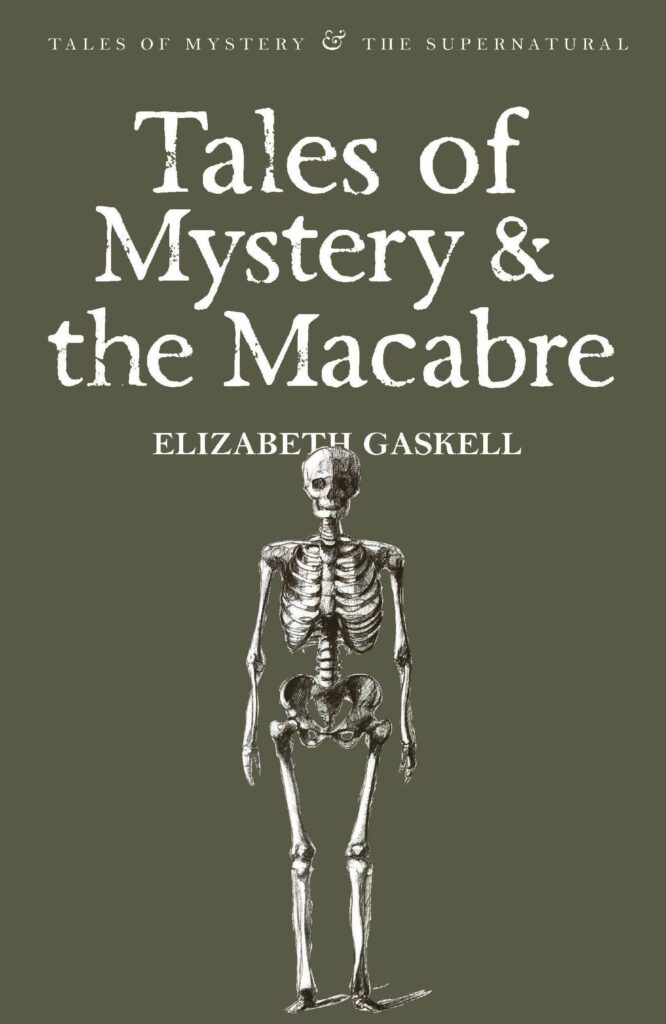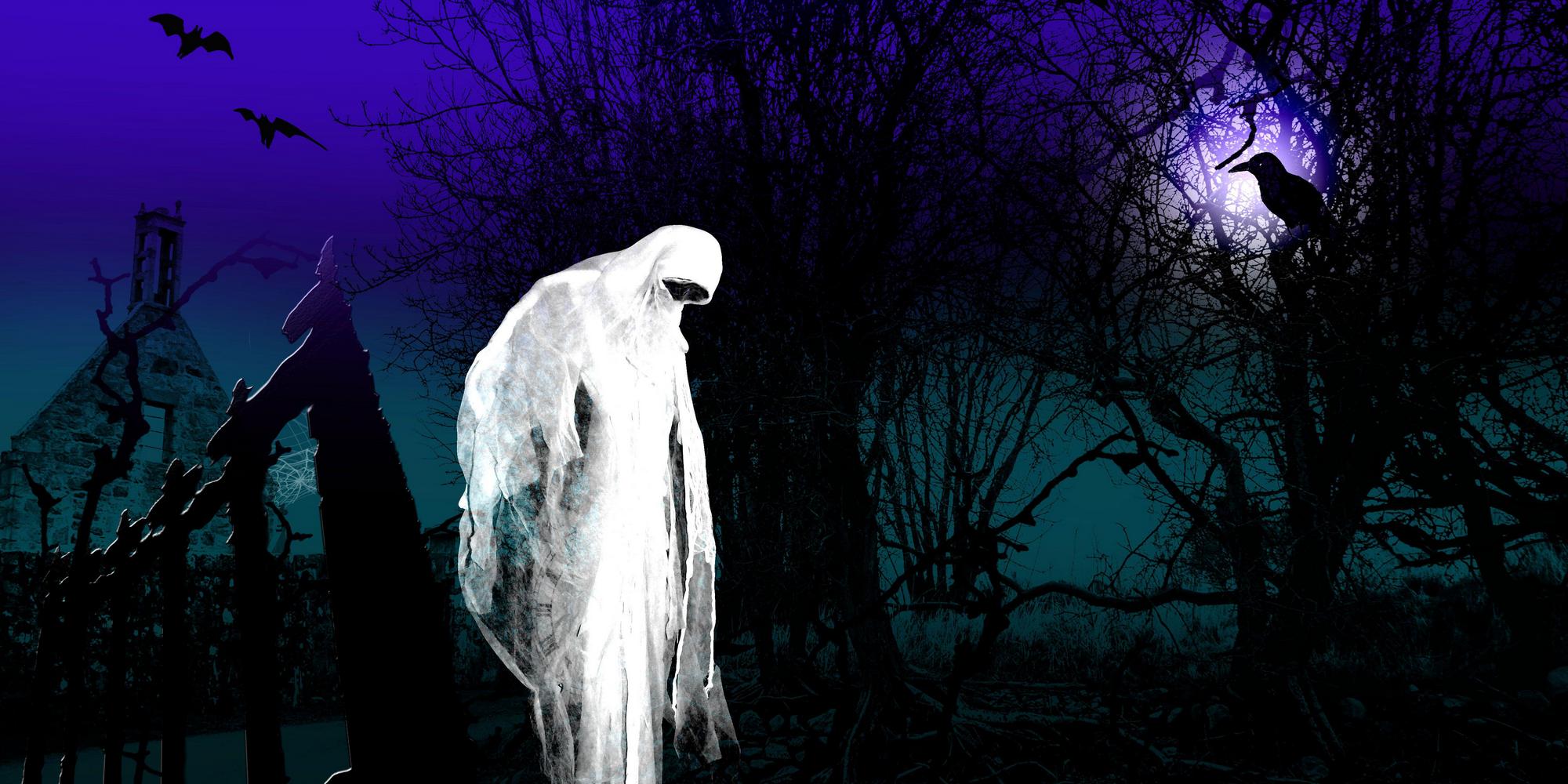
Halloween – The Night of Dark Spirits
David Stuart Davies selects some titles that suit All Hallows’ Eve, aka Halloween
Halloween is, of course, the night when all the ghosts, ghouls and long-legged beasties come out to taunt us poor mortals – taunt us and worse. The term is short for All Hallows’ Eve which is October 31st, the night before All Saints’ Day. The festival is pagan in origin, although the word ‘Halloween’ was first recognised in the sixteenth century. Traditionally, it was believed that the souls of the departed wandered the earth until All Saints’ Day, and All Hallows’ Eve provided one last chance for the dead to gain vengeance on their enemies before moving on to the next world. In more recent times, it has become an evening when youngsters dress up as witches, vampires, demons and monsters of various horrendous concoctions and visit their neighbours for a trick or a treat. It is also the night for telling scary stories. Of course, in reality, any dark night will do. Any dark night when the clouds hide the moon and the mist rises, the wind blows eerily through the eaves and skeletal branches tap at the window like the bony fingers of some dead hand seeking entry.
Since the beginning of time man has been fascinated by fear: wary of it in reality but entertained by it in fiction. From tales told around a campfire to graphic gruesome visions viewed from the edge of a cinema seat as some unnatural and ghoulish event manifests itself on the screen, we love being scared. For a brief time, we suspend belief and enter these nightmare worlds. The pulse quickens, the goose pimples rise, as does the hair on the back of the neck and the eyes shine with a strange blend of fear and pleasure. And I believe that it is in reading stories that one receives the richest rewards in this compulsive pursuit of entertaining fear. One’s own imagination is capable of far greater horrors and chills than any film or television programme can generate. Stimulated by the words on the page, the mind can construct the most fearsome of visions. The writer’s narratives are your springboard into the nightmare world. There are no more cunning, thrilling or horrifying images than those formed by our own darkest fears.
It was in the nineteenth century that the supernatural tale first became a respected and a popular genre. This was a period when medical science was making giant strides and while man’s physical status was being explored, examined and explained, people also began to question more scrupulously the notion of mortality and in particular what really happens after death. This increased speculation brought about the rise of whole tribes of spiritualists, mediums and clairvoyants to provide supposed answers. They could talk to the dead, resurrect spirits, and bring messages back from ‘the other side’. It would seem that they were able to provide the proof that there was some strange existence beyond the grave.
In literature, stories of ghosts, vampires and other undead fiends became popular. No self-respecting author failed to dabble in the genre. These early scribes began a tradition – the tradition of trying to scare the reader for entertainment – that still exists today; although the modern practitioners on the whole tend to go straight for the gory and the gruesome, the stomach churning shock element rather than creating a creeping sense of fear.
The acknowledged master of the ghost story was M.R. James. Just sample one of his tales such as ‘Oh, Whistle, and I’ll Come to You, My Lad’ or ‘The Ash Tree’ and you’ll be heading for sanctuary behind the sofa. The American James, Henry James, is also adept at creating a spooky moment in his short stories: ‘Owen Wingrave’ is a fine example of his cunning introduction of the supernatural into what seems a simple tale concerning ‘a studious young man.’
Then there is E.F. Benson who manages to create a nerve tingling atmosphere blended with a graceful literary style. There is also an eclectic variety to his eerie stories, which range from the horror of vampires, homicidal ghosts, monstrous spectral worms and slugs. Although perhaps more famous these days from his social comedies featuring Mapp and Lucia, Benson’s supernatural output is masterly.
It is interesting to note that in the nineteenth century there was a surprising number of female authors who took pleasure and exhibited great skill in the process of scaring their readers. It was as though their feminine sensitivity was especially attuned to the notion of supernatural beings and troubled spirits. Two of the greatest exponents of the ghostly genre were Edith Wharton and Elizabeth Gaskell. Both these women found fame writing mainstream novels dealing with the realties and trauma of the Victorian period. Amongst Wharton’s most successful novels were The Age of Innocence and Ethan Frome, while Gaskell is well remembered for Cranford and North and South. However, these writers also turned their pens to creating murky supernatural tales which still provide icy tingles.
One of Edith Wharton’s most successful dark tales, ‘A Bottle of Perrier’ attracted many notable literary admirers including Graham Greene who referred to it as a ‘superb horror story.’ Gaskell’s most famous story in this vein is the subtle and creepy ‘The Old Nurse’s Story’.
Wordsworth’s Mystery and Supernatural series is a treasure trove of tales of ghouls, restless spirits, vampires, werewolves and the very strange. All the authors mentioned in this piece are to be found there, including many others. Check the website and provide yourself with a suitably spine-chilling batch of chillers for Halloween – and beyond. To misquote a famous saying, ‘Ghost stories are not just for Halloween.’
Image Credit: iweta0077 / Alamy Stock Photo
Books associated with this article
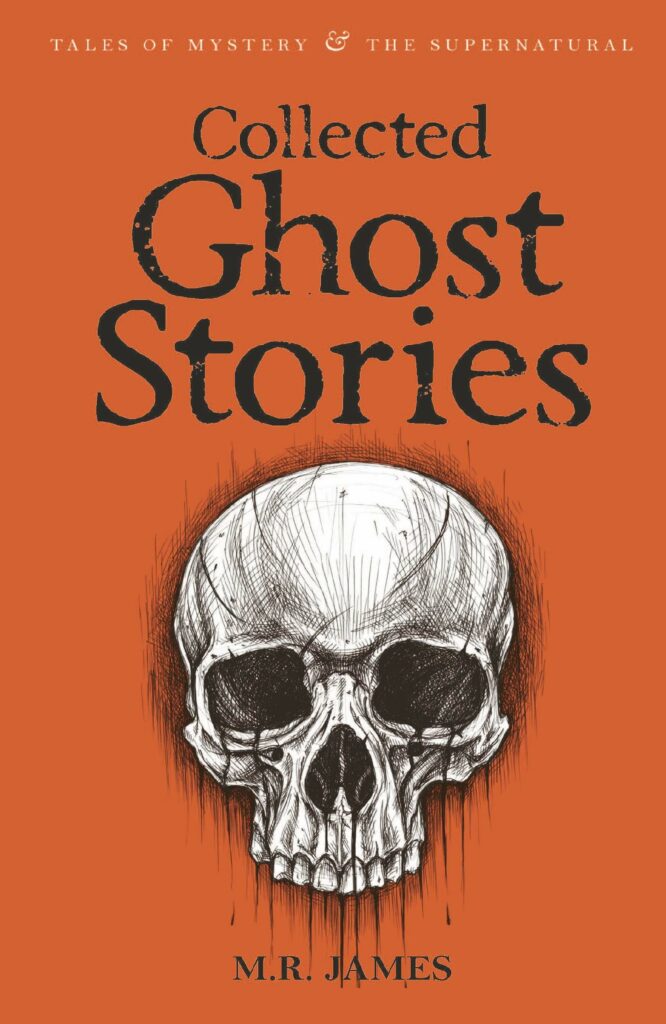
Collected Ghost Stories
M.R. James
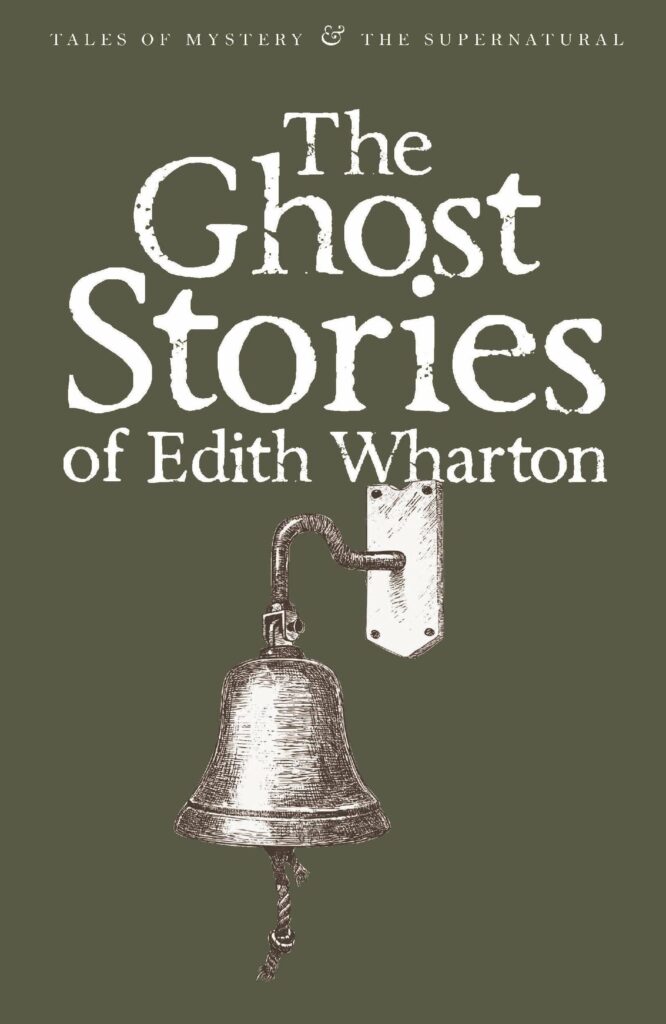
The Ghost Stories of Edith Wharton
Edith Wharton
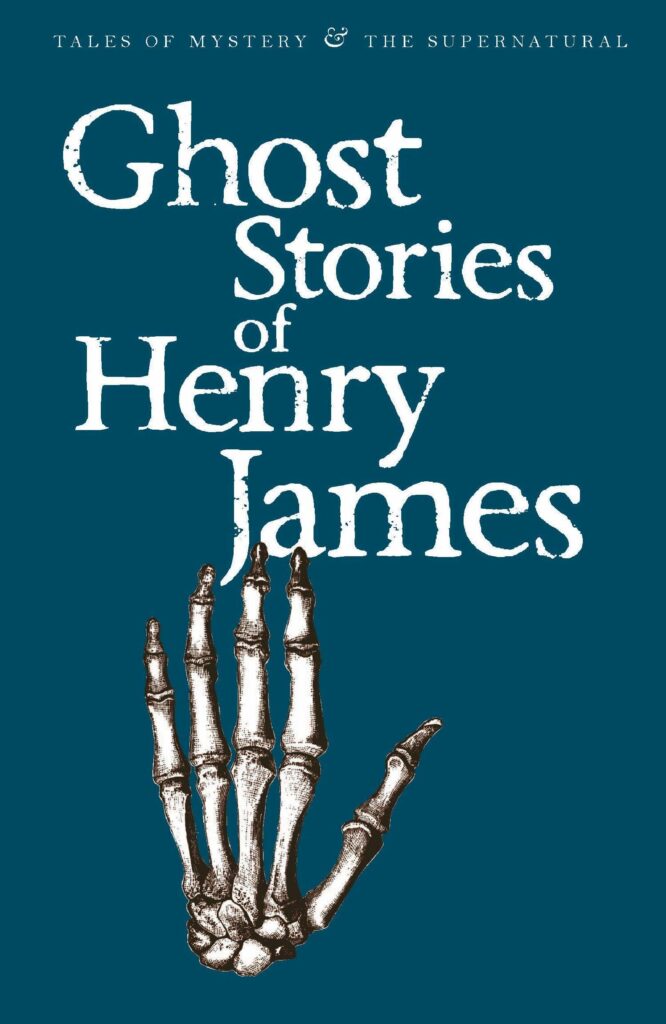
Ghost Stories of Henry James
Henry James
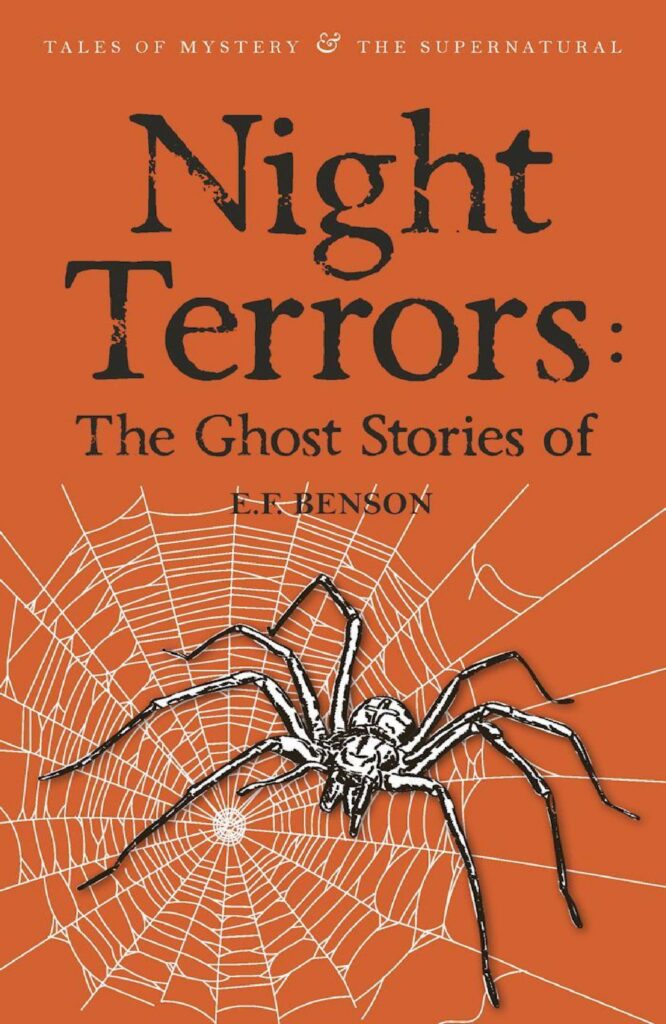
Night Terrors: The Ghost Stories of E.F. Benson
E. F. Benson
